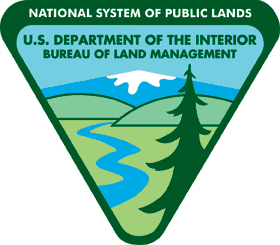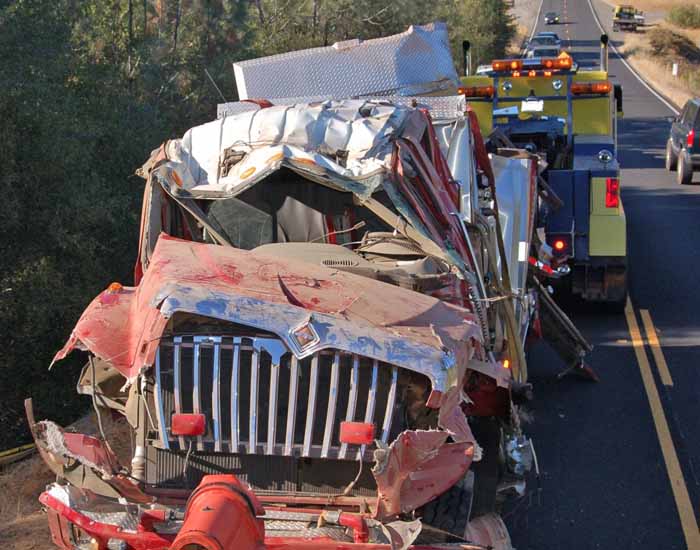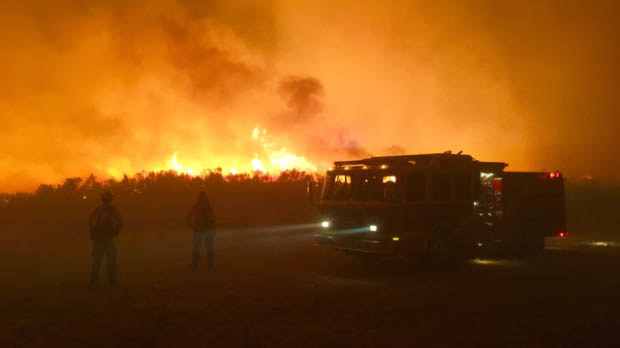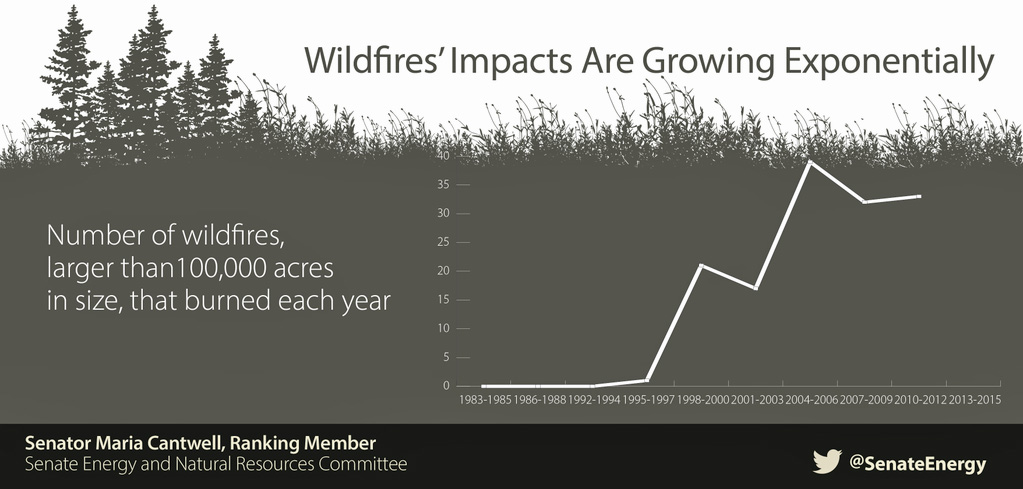 The Bureau of Land Management (BLM) announced today the creation of a new hotshot firefighting crew in southern Arizona. The establishment of the crew responds to a nationwide increase in wildfire activity and the need for additional skilled personnel. The crew will be stationed at Fort Huachuca thanks to a partnership between the BLM and U.S. Army.
The Bureau of Land Management (BLM) announced today the creation of a new hotshot firefighting crew in southern Arizona. The establishment of the crew responds to a nationwide increase in wildfire activity and the need for additional skilled personnel. The crew will be stationed at Fort Huachuca thanks to a partnership between the BLM and U.S. Army.
Recruitment for the crew will emphasize the selection of military veterans, consistent with BLM’s national emphasis on bringing veterans into the wildfire workforce. The BLM’s long-term goal is for a crew made up entirely of veterans.
“Bringing a new elite firefighting unit into Southern Arizona will benefit the communities we serve and recognize the dual need for additional firefighting resources and quality employment for military veterans,” said BLM Arizona State Director Raymond Suazo.
The crew will be the only hotshot crew (also known as a Type 1 crew) in Southern Arizona and one of only 12 BLM hotshot crews nationwide. Hotshot crews are the most skilled and highly trained units among wildland fire personnel, meeting stringent requirements established by interagency fire managers and routinely engaged with the most complex wildfire incidents.
The crew will increase the availability of wildfire resources locally in Southern Arizona and at the national level. Proactive measures to prevent high severity fires, such as fuel treatments and prescribed burns, will occur when the crew is not engaged with an active wildfire.
The BLM partnered with the U.S. Army at Fort Huachuca (map) to provide barracks space to the crew through a lease.
“We are proud to provide a base for the new BLM hotshot crew. Our support is another way Fort Huachuca contributes to the safety and security of our community, Arizona and the nation,” said U.S. Army Garrison Fort Huachuca commander Col. Thomas A. Boone.
A nationwide evaluation of personnel needs completed by BLM Arizona and the National Interagency Fire Center in Boise, Idaho led to the creation of the crew. 2015 marks another record-breaking wildlife season for the western United States with over eight million acres burned to date throughout the country. BLM continually evaluates the preparedness of the fire program and the ability to respond to wildfires threatening public land resources and surrounding communities.
The crew will be managed by the BLM Gila District. “We are thrilled to bring these benefits to the region and provide career paths for our firefighting community,” said Timothy Shannon, BLM Gila District manager.
****
The BLM is advertising a job for the GS-9 Superintendent.







